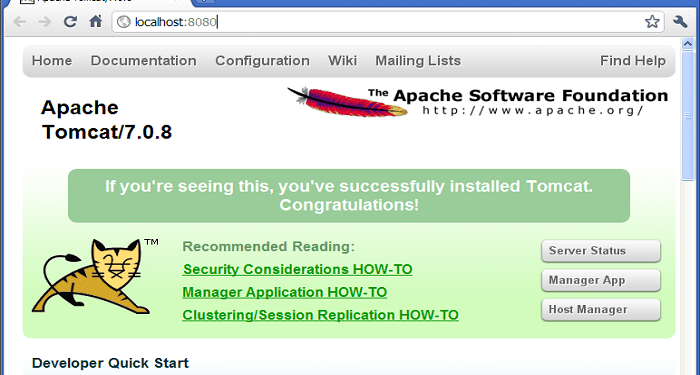Apache Tomcat is a free open source implementation of Java Servlet, Jakarta Expression Language and WebSockets. It is the perfect solution for those looking for a pure Java HTTP web server environment. The free version also allows you to use Java code in your web application. If you are interested in learning more about Apache Tomcat, keep reading. You will soon be on your way to deploying your first web application. Here are some things you should know before installing Apache Tomcat.
Apache Tomcat is lightweight and easy to install. It can be configured to run many web applications on different ports and is cross-platform compatible with Windows, Mac OS, and Linux. Additionally, it is very lightweight, making it suitable for most systems without specific system requirements. As of writing, Apache Tomcat has become the preferred web server of many developers. However, if you plan to use it for a more complex application, you may want to purchase some add-ons.
While JavaEE is a standard for enterprise applications, Tomcat is a powerful web server. Because of its ability to support JavaEE, you won’t have to worry about jars to implement APIs. Tomcat can handle all this and more. You can even use it with JavaEE-based enterprise applications. And if you’re looking for a server to run enterprise applications, you’ll be glad to know that it’s compatible with JavaEE.
Servlets can communicate with Tomcat through its listener class. This class watches for changes in a servlet’s state and passes it on to Tomcat for rendering. A servlet can be used in e-commerce applications. The state can be used to pass data between pages or sessions. In a typical three-tier architecture, the web application hits the Apache web server first, which in turn hits the middle tier Tomcat server. During this stage, the Tomcat server interacts with the back-end tier and sends a response back to the client.
Version information can be obtained using several methods. Active versioning is one method that uses regular expressions to identify the version. This method only works if no other versioning method succeeds. The other two methods, path regex and Registry, are equally useful. Depending on your needs, you can use one or all of them. However, this method is not specific to a particular installation and is less accurate. If you have multiple Tomcat installations, you may want to implement both.
The Apache Tomcat Project has announced the release of version 1.2.5 of the Standard Taglib. This library provides Apache’s implementation of the JSTL 1.2 specification. This minor bug fix release reverts a change made in 1.2.1. Additionally, version 1.2.5 fixes the AccessControlException. These are just a few of the many enhancements to Apache Tomcat. And don’t forget to check out other new features in the 1.2.5.0 release of Apache Tomcat









